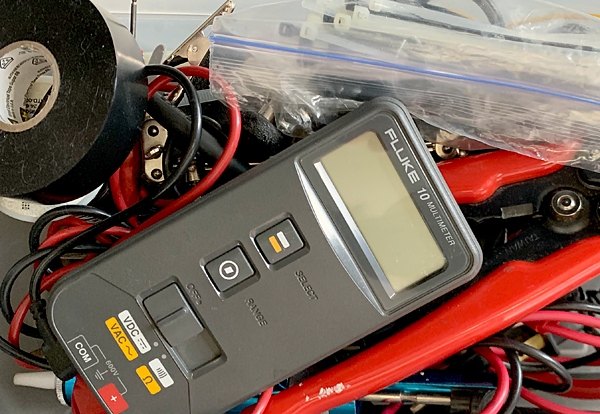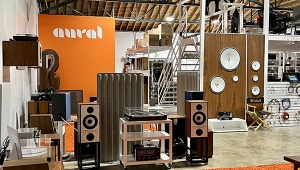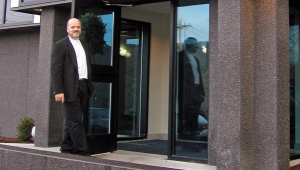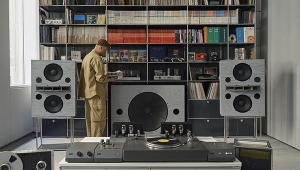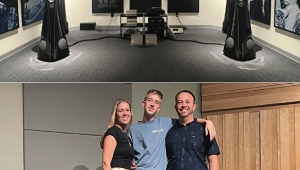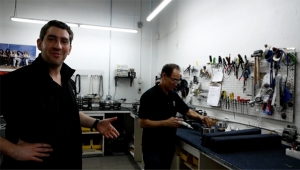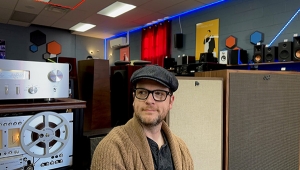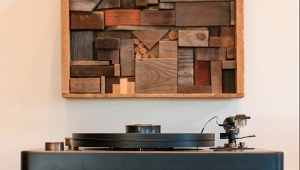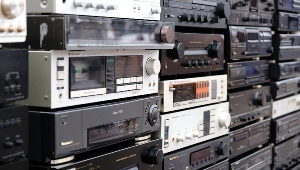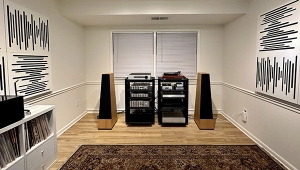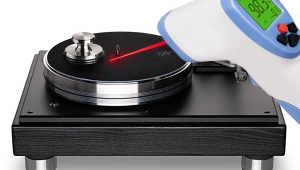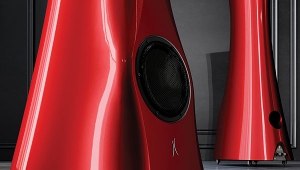| Columns Retired Columns & Blogs |
In my case Carl Richard died years ago so my AR-4x speakers have one good crossover schmatic available from a former Snell engineer. Other repairs are straightward. My Herersy's will require out of state travel for repairs. My office Amp is hot rodded and the builder is long retired. Finally the vintage NAD 3020 for the Heresy's can be repaired/restored by a company in Eugene Oregon.
That information took years to collect and none of people are within 800 miles of The Valley of the Sun.
